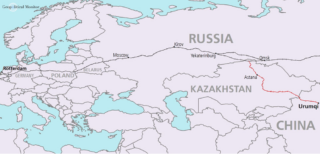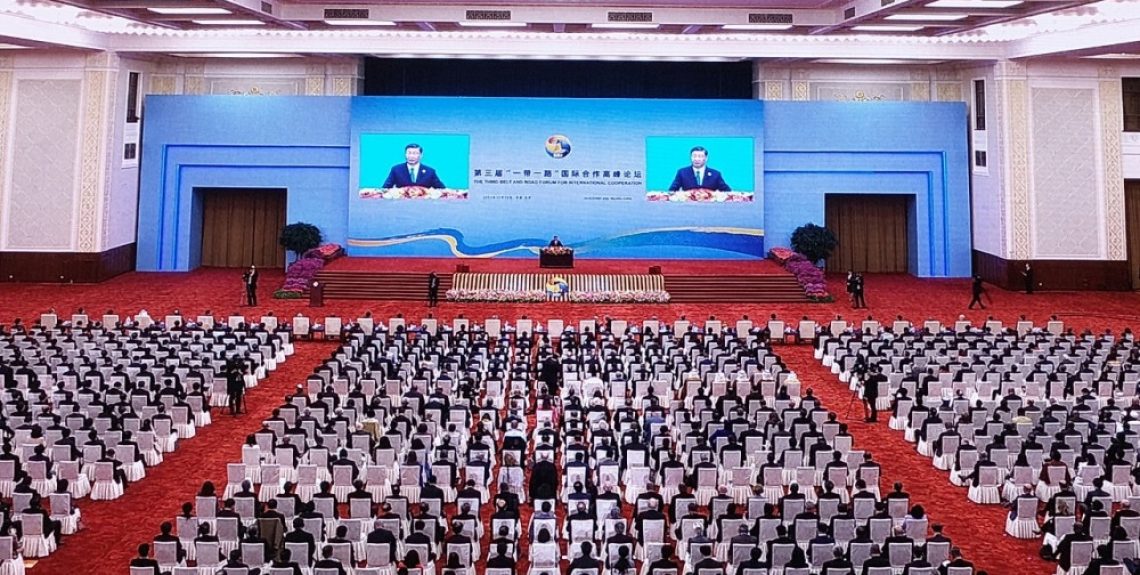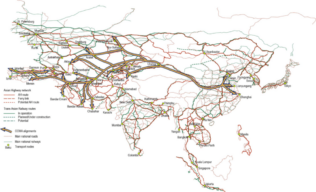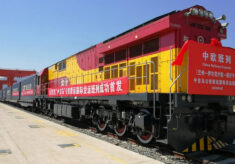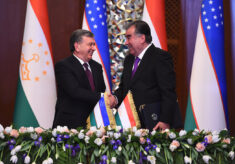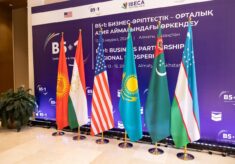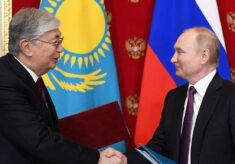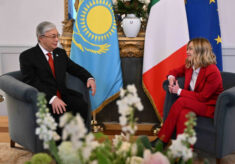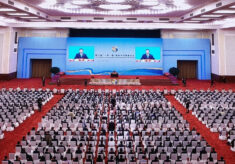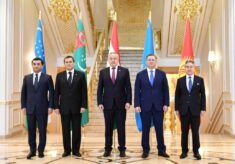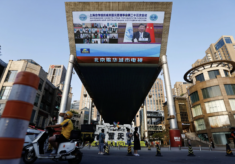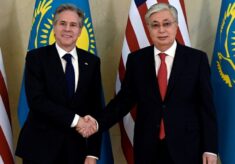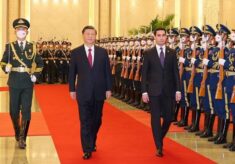The Central Asian presidents attended the third Belt and Road Forum held on the 17-18th October in Beijing, celebrating the 10th anniversary of the “modern Silk Road”. This event represented a renewed opportunity for the parties to further the strategic cooperation within the BRI framework. This has been realized thanks to new agreements on connectivity and energy projects, based on additional conspicuous Chinese investments.
In the Belt and Road Initiative, Central Asia holds strategic relevance due to the presence of two of the six main BRI trade corridors. The China-Central Asia-West Asia Economic Corridor – currently based on the China-Kazakhstan railway corridor – crosses the Caspian Sea reaching Azerbaijan, Turkey and eventually the EU, while the Eurasian Land Bridge links China with Europe via Kazakhstan and Russia.
